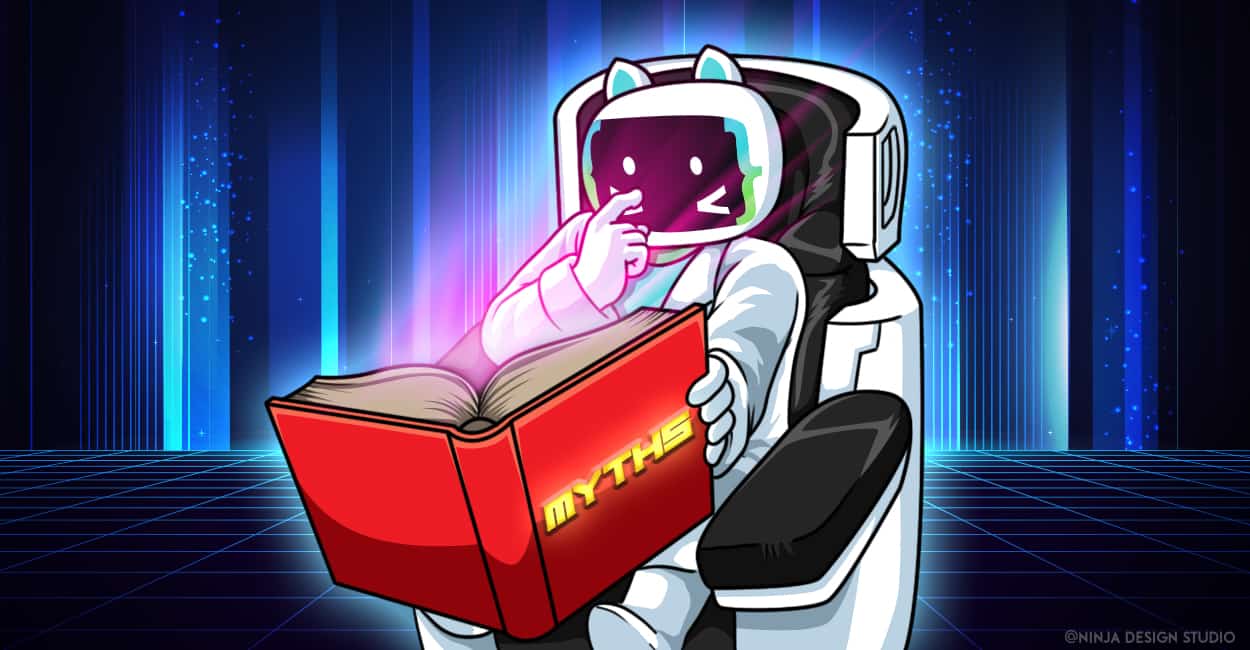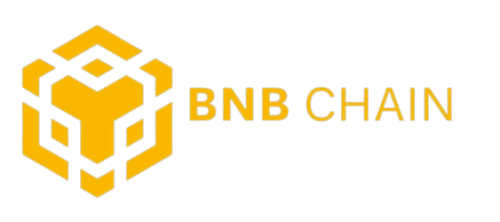2022 hasn’t been kind on stocks and crypto alike. Investors with money hedged in both of them have seen drastic falls and unrealistic losses. Bitcoin is down by over 40 percent during the year. Ethereum is down by a little more than 45 percent, and crypto has been in the news for all the wrong reasons.
A new study on the crypto market has revealed that many naysayers believe their long-standing doubts over the crypto market have finally been substantiated. The events of this year have led to a sharp crypto decline, with suspicion reigning supreme among investors.
Amidst all of this, there is some valid concern and some baseless myths making rounds across the digital sphere. The crypto market is no stranger to myths, which is why it is time to get the slate clean and debunk some of the crypto myths that are yet again making rounds.
Why is it Necessary to Debunk Crypto Myths?
The widespread air of mistrust and lack of knowledge is a breeding ground for misinformation within the crypto market. Since things are already bad, there is a need for influencers and media professionals to clear all the misconceptions and debunk the myths.
If you, or anyone you know, are considering entering the crypto market, make sure that you separate fact from fiction and debunk these myths for them:
Myth 1: Crypto is a Scam
We’ll start with our favorite myth that cryptocurrency is a scam. Most people still believe that digital currencies are a means to scam people and defraud investors. The common investor looks at digital currencies as a new pyramid scheme, where everyone who has brought the coins is spreading misinformation to scam others.
This myth, as has been proven by now, is not true at all. Investing in digital currencies is pretty similar to investing in stocks, gold or other commodities of that nature. This being said, there are certain scams in the crypto market, especially with initial coin offerings or ICOs. These scams are hosted at an individual level and cannot dictate the truth of the crypto market. As an investor, you need to be extremely cautious while investing in crypto to make sure that they don’t fall for a scam.
Experienced investors go about investing in crypto just like they normally would with other investments. It is necessary to invest with skepticism and to only do so after you have studied the crypto market and know what the market is like.
Digital currencies can be susceptible to fraud and scams, pretty much like other investment options. Just as you would approach other investments with skepticism, you should do the same with digital currencies as well.
Myth 2: Cryptocurrencies aren’t Safe
A myth that finds its roots in the very volatility of the crypto market. When Bitcoin first emerged as a mode of transaction, there was skepticism in people over how safe it would be. Many people doubted whether the currency would be safe and whether there would be countless security issues to deal with.
However, people who are aware of the infrastructure behind Bitcoin know that it is safer than other forms of monetary transactions and stores of value. Digital currencies are based on the blockchain, which is a secure space that stores data pertaining to each node. No one can tamper with the blocks, which ensures security for all.
Some cryptocurrencies, such as Luna and DogeCoin, have crashed over time but the general market volatility is based on investor risk appetite. Despite the general concerns over regulations, the crypto market is generally safe from scams.
Myth 3: You Need Millions to Invest in Crypto

A popular myth going around today is that you need millions to invest in digital currencies. However, the fact of the matter is that your investments depend on your hunger for risk and your resources. A bitcoin might be trading in thousands of USD, but it can be subdivided into smaller portions, which you can easily buy online through an e-wallet.
1 bitcoin can be divided into 100 million satoshis. This ensures that almost everyone can invest in the crypto market, with however small their investment is. Additionally, investors can also purchase secure ICOs that trade at a lesser volume and price.
Myth 4: You can Invest in Digital Currencies without any Knowledge
The fact is that investing in cryptocurrency requires significant knowledge. You should only invest in digital currencies when you are sure of what the trends are and what the shares have to offer. For instance, the digital currency Luna fell by over 98 percent recently and generated losses for all investors.
Myth 5: Crypto Transactions are Anonymous
One big turn-off for investors in the crypto sphere was that transactions are anonymous and authorities cannot trace transactions back to the people who initiated it. However, this notion, again, is unwarranted and a simple myth.
This myth was debunked by authorities when they traced payments for the Colonial Pipeline hack. All exchanges online convert crypto into fiat currency for a brief moment, which leaves a trace behind. All of the transactions are also recorded on separate blocks on the blockchain, which can also be used to track where the payment is coming from.
Myth 6: Blockchain only runs Cryptocurrencies
Blockchain and cryptocurrencies tend to go together like peanut butter and jelly, but the Blockchain works outstandingly well on its own. Blockchain is an unprecedented technology that presents the concept of distributed ledgers for every business and industry to implement.
Myth 7: Cryptocurrencies are only good for Criminals
Well yeah, criminals can benefit from the decentralized method in place within most cryptocurrency exchanges, but that doesn’t mean that you can’t reap the benefits. Cryptocurrencies present amazing features for law-abiding citizens as well, who want to get the most out of a decentralized setup when they are in a politically or economically unstable environment. If your country has a possibility of destabilizing, then this is the best place for you to keep your money.
Myth 8: Only People from Technology Can Use Cryptocurrency or Blockchain

The average consumer has very little knowledge of the blockchain or cryptocurrencies, which is why they stay away from it. Moreover, understanding cryptocurrencies isn’t really complicated. Even if you don’t come from a finance or tech background, you can exactly get to know the nuances behind the ubiquitous presence of cryptocurrency. Once you start exchanging cryptocurrencies, you will start understanding the intricate details behind it.
Myth 9: Bitcoin is the Only Cryptocurrency
This one myth tends to amaze us the most. Bitcoin has achieved unprecedented heights when it comes to this technology, but it surely isn’t the only cryptocurrency out there. There are numerous other cryptocurrencies at a nascent stage and they could grow up to become even better over time.
Myth 10: NFTs are just Jpegs

An NFT is basically a non-fungible token, and is something that can easily be replaced by another item. Money is considered to be a fungible item, which is why you cannot interchange it. Anything that is one of a kind is known to be non-fungible in nature. Everything including art, collectibles, videos, music and other identical items are grouped as NFTs.
An NFT basically serves as a digital certificate of ownership. The NFT could be used as a means to certify ownership over literally anything. Common things from memes, music, drawings and digital arts are being sold as NFTs.
Myth 11: DeFi is a Ponzi Scheme
DeFi basically stands for Decentralized Finance and covers standard financial management systems through the blockchain. Ponzi schemes are almost always centralized, but DeFi is the future and, as it comes from the blockchain, is decentralized.
The crypto market might not have fared as well in 2022, but it is expected to make a comeback. There are a number of myths floating around the crypto market today. Considering the already speculative environment, it is necessary that fact is separated from fiction. We have debunked most of the myths in this article and hope that crypto investors can invest in the market after studying them.







